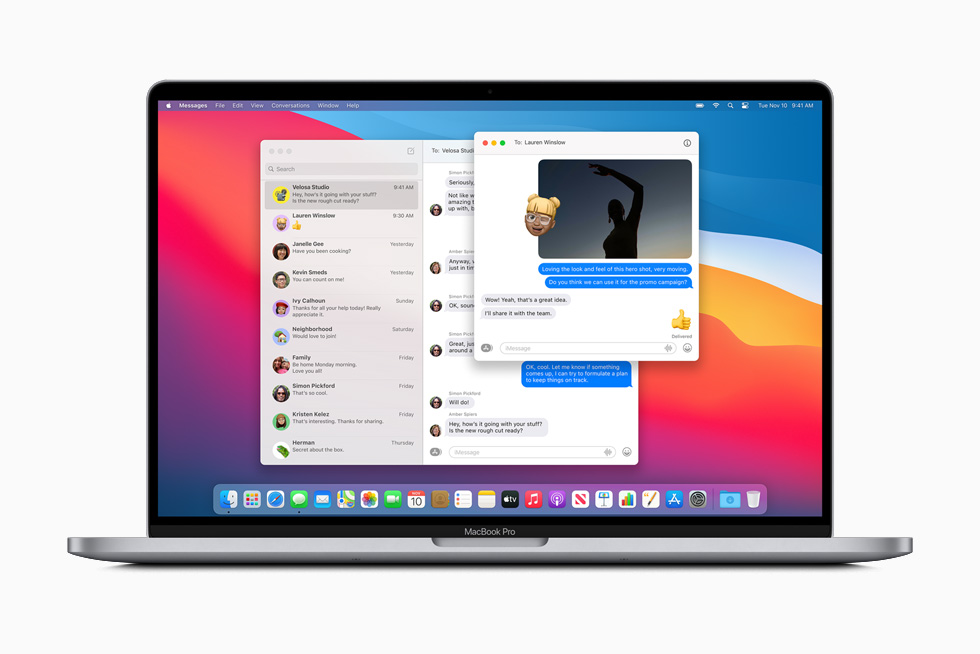One-Eye Mac OS
- With the number of enhancements and refinements I can provide detailed summaries about with this new Mac OS X version, there is one service within Snow Leopard I found both potentially helpful and compelled to expound about, because it is a service not found in the previous, ground breaking version of Mac OS X, 10.5 Leopard.
- One Eye Open September When Rock 1993 Preview SONG TIME No Simple Reason. 3:15 PREVIEW Fish Song. 3:58 PREVIEW Can I Trust You. 3:09 PREVIEW Street Jam. 3:32 PREVIEW Let the Rain Fall. 3:56 PREVIEW Comes Around.
There are two different kinds of advanced age-related macular degeneration (AMD): dry AMD and wet AMD.1 In wet AMD, new abnormal blood vessels grow underneath the retina in a process called choroidal neovascularization (called CNV). Patients with myopic macular degeneration, or MMD, can also develop abnormal leaky blood vessels, under the retina, however the disease process is not age-related as in wet AMD.2 When they leak or bleed, the retina may be damaged, causing significant rapid vision loss. By the time wet AMD is diagnosed, the disease is already considered advanced or late stage. While treatment cannot reverse damage that has been done, treatment is available to help slow or even prevent further progression.
What are intravitreal injections?
One of the treatments for wet AMD and MMD with CNV involves an injection of medicine into the vitreous gel, located in the back of the eye near the retina; this procedure is called an intravitreal injection, and is typically performed by a retina specialist. An injection into the eye allows medicine to be delivered closer to the area of disease and also minimize the risk of side effects to the rest of your body.
What is anti-VEGF?
Mac Os Catalina
A protein called vascular endothelial growth factor (VEGF) is produced in high levels in the eye, and this molecule signals the growth of new abnormal leaky blood vessels.1 In order to combat this process, anti-VEGF drugs may be injected into the eye to inhibit the VEGF molecule, thereby preventing the formation of new leaky blood vessels. There are several different kinds of anti-VEGF medications, and the dosage and injection schedule can vary depending on disease severity and treatment response.
The new Mac operating system offers more than a name change. MacOS Sierra version 10.12 moves Apple's desktop OS closer to its mobile counterpart, gaining Siri, Apple Pay, and more.
Eye injection anxiety
Getting an injection anywhere can be an unnerving experience, especially in the eye. It’s completely normal to have some anxiety about the treatment, but the more you know about the process, the less nervous you might be.
Establishing a treatment plan
Once it’s been clinically established that you have wet AMD or MMD with CNV, your eye doctor will talk with you about your condition and which medication might be best for you, as well as what dosing schedule you will be started on. Once he or she evaluates how your eye responds to the treatment, the medicine and dosing interval may change.
What to expect when getting eye injections
- First, the doctor will clean your eye and eyelid with a yellow iodine solution, and then numb your eye with drops, a gel, or even a numbing shot.
- After your eyes are numbed, they will use an eyelid holder to keep your eyelids open during the injection.
- The place of injection will be measured; usually the outer lower part of the eye, near your ear.3
- You’ll be asked to look up, and the injection will take place.
The entire injection process usually takes just a few minutes once the eye is numbed. You might feel some pressure or nothing at all, but you should not feel significant pain. You might see some wavy lines or floaters as the medicine is distributed around the eye.3
Aftercare for eye injections
Once the injection is finished, the doctor will look at your eye and clean around it with an eyewash solution.

You might have some soreness or discomfort in the eye, along with foggy vision or floaters for a day or two. If you do have soreness, this is easily taken care of with over-the-counter medication; if you experience no relief with this, call your doctor. Gently holding a clean, cool washcloth to your closed eye for 10 minutes at a time might also help.3
Complications
As with any medical procedure, sometimes side effects or complications may arise from eye injections.
Common side effects
Common side effects can include:4
- Temporary blurry vision
- Eye soreness/irritation
- Mild eye redness
- Temporary increase in eye pressure
Serious complications
Serious complications are rare, but if present, can be vision threatening and warrant immediate attention by your doctor. These complications may include:
- Eye infection (called endophthalmitis)
- Stroke (with certain medicines)
Talk with your doctor about the signs or symptoms of serious complications, and call your doctor if you experience anything out of the ordinary or pain that does not go away.
Other complications
Sometimes during the injection, the needle may hit a surface blood vessel and break it, causing the white of the eye to look red and bloody. This can last several weeks, but is generally painless, will not affect your vision, and often resolves on its own. If you are experiencing increasing pain or changes in vision, call your doctor.
Adjusting to the process
As with anything new, each time you go for an injection it will hopefully become a little less nerve-wracking as you learn what to expect and what your “normal” is. Many people will find that their vision becomes more stable after the injections begin, and some might find even a slight improvement. If you have any questions about the process, don’t hesitate to talk with your doctor.